June 10, 1940: Marcus Garvey died in London after two strokes, putatively after reading a mistaken, and negative, obituary of himself in the Chicago Defender which stated, in part, that Garvey died “broke, alone and unpopular”
Due to travel restrictions during World War II, his body was interred in London and he was buried at Kensal Green Cemetery. In 1964, his remains were exhumed and taken to Jamaica, where the government proclaimed him Jamaica’s 1st national hero and re-interred him at a shrine in the National Heroes Park.
In tribute to his many contributions, Garvey’s bust has been displayed in the Organization of American States’ Hall of Heroes in Washington, D.C. The country of Ghana has named its shipping line the Black Star Line and its national soccer team the Black Stars, in honor of Garvey.
Marcus Mosiah Garvey, Jr., ONH, was a Jamaican political leader, publisher, journalist,entrepreneur, and orator who was a staunch proponent of the Black nationalism and Pan-Africanism movements, to which end he founded the Universal Negro Improvement Association and African Communities League (UNIA-ACL). He founded the Black Star Line, part of the Back-to-Africa movement, which promoted the return of the African diaspora to their ancestral lands.Prior to the twentieth century, leaders such as Prince Hall, Martin Delany, Edward Wilmot Blyden, and Henry Highland Garnetadvocated the involvement of the African diaspora in African affairs. Garvey was unique in advancing a Pan-African philosophy to inspire a global mass movement and economic empowerment focusing on Africa known as Garveyism.
Promoted by the UNIA as a movement of African Redemption, Garveyism would eventually inspire others, ranging from the Nation of Islam to the Rastafari movement (which proclaims Garvey as a prophet). The intent of the movement was for those of African ancestry to “redeem” Africa and for the Europeancolonial powers to leave it. His essential ideas about Africa were stated in an editorial in the Negro World entitled “African Fundamentalism”, where he wrote: “Our union must know no clime, boundary, or nationality… to let us hold together under all climes and in every country…”
MEMORIALS:
Marcus Garvey is remembered through a number of memorials worldwide. Most of them are in Jamaica, England and the United States; others are in Canada and several nations in Africa.
??JAMAICA??
Marcus Garvey was given major prominence as a national hero during Jamaica’s move towards independence. As such, he has numerous tributes there. The first of which is the Marcus Garvey statue and shrine in Kingston’s National Heroes Park.
Among the honors to him in Jamaica are his name upon the Jamaican Ministry of Foreign Affairs; a major highway bearing his name and the Marcus Garvey Scholarship tenable at the University of the West Indies sponsored by The National Association of Jamaican And Supportive Organizations, Inc (NAJASO) since 1988.
Garvey’s birthplace, 32 Market Street, St. Ann’s Bay, Jamaica, has a marker signifying it as a site of importance in the nation’s history.
His likeness is on the Jamaican 50 cent note, 50 cent coin, 20 dollar coin and 25 cent coin. Garvey’s recognition is probably most significant in Kingston, Jamaica.
??AFRICA??
Garvey’s memory is maintained in several locations in Africa. Nairobi, Kenya and Enugu, Nigeria have streets bearing his name, while the township of Khayelitsha, Cape Town, South Africa, put his name on an entire neighborhood. Yenagoa, Bayelsa State,Nigeria has a library named for him.
A bust of Marcus Garvey was created and is on display at a park in the central region in Ghana, along with one of Dr. Martin Luther King.
??ENGLAND??
Garvey’s influence is acknowledged through a number of sites in England, most of which are in London. The Marcus Garvey Library is inside the Tottenham Green Leisure Centre building inNorth London.
There is a street named Marcus Garvey Way inBrixton, London. A Blue plaque marks 53 Talgarth Road, Hammersmith, London as his residence.
“GARVEY, Marcus (1887–1940) Pan-Africanist Leader, lived and died here, 53 Talgarth Road, W14. [Hammersmith and Fulham 2005]”
The Marcus Garvey Centre in Lenton, Nottingham, England is named in his honor and there is a Marcus Garvey statue in Willesden Green Library, Brent, London.
There is a Marcus Garvey Park in W14, London.
??UNITED STATES??
The United States of America is the country where Garvey not only rose to prominence, but also cultivated many of his ideas.
Harlem, New York was the site of the UNIA Liberty Hall and many events of significance in Garvey’s life.
There is a park bearing his name and a New York Public Library branch dedicated to him, as well.
A major street bears his name in the historically African American Brooklyn neighborhood of Bedford Stuyvesant, Brooklyn, New York.A Marcus Garvey Cultural Center, University of Northern Colorado(Greeley, Colorado).
The National Association of Jamaican And Supportive Organizations Inc. (NAJASO) founded on July 4, 1977 in Washington DC), based in the United States, named Annual Scholarship tenable at the University of the West Indies since 1988, the Marcus Garvey Scholarship.
Marcus Garvey Festival every year on the third weekend of August at Basu Natural Farms, in Pembroke Township, Illinois.
The Universal Hip Hop Parade held annually in Brooklyn on the Saturday before his birthday to carry on his use of popular culture as a tool of empowerment and to encourage the growth of Black institutions.
Since 1980, Garvey’s bust has been housed in the Organization of American States’ Hall of Heroes in Washington, D.C.
?? CANADA ??
In Canada, Marcus Garvey Day is held annually on August 17 in Toronto; there is a Marcus Garvey Centre for Unity, in Edmonton, Alberta, and the Marcus Garvey Centre for Leadership and Education in the Jane-Finch area of Toronto.
INFLUENCE:
Schools, colleges, highways, and buildings in Africa, Europe, the Caribbean, and the United States have been named in his honor. The UNIA red, black, and green flag has been adopted as the Black Liberation Flag. Since 1980, Garvey’s bust has been housed in the Organization of American States’ Hall of Heroes inWashington, D.C.
Malcolm X’s parents, Earl and Louise Little, met at a UNIA convention in Montreal. Earl was the president of the UNIA division in Omaha, Nebraska and sold the Negro Worldnewspaper, for which Louise covered UNIA activities.
Kwame Nkrumah named the national shipping line of Ghana the Black Star Line in honor of Garvey and the UNIA. Nkrumah also named the national soccer team the Black Stars as well. The black star at the center of Ghana’s flag is also inspired by the Black Star.
During a trip to Jamaica, Martin Luther King and his wife Coretta Scott King visited the shrine of Marcus Garvey 20 June 20, 1965 and laid a wreath. In a speech he told the audience that Garvey “was the first man of color to lead and develop a mass movement. He was the first man on a mass scale and level to give millions of Negroes a sense of dignity and destiny. And make the Negro feel he was somebody.”
Dr. King was a posthumous recipient of the first Marcus Garvey Prize for Human Rights on 10 December 1968 issued by the Jamaican Government and presented to King’s widow.
In 2002, scholar Molefi Kete Asante listed Marcus Garvey on his list of 100 Greatest African Americans.
Rastafarians consider Garvey a religious prophet, and sometimes even the reincarnation of Saint John the Baptist. This is partly because of his frequent statements uttered in speeches throughout the 1920s, usually along the lines of “Look to Africa, when a black king shall be crowned for the day of deliverance is at hand!”
His beliefs deeply influenced the Rastafari, who took his statements as a prophecy of the crowning of Haile Selassie I of Ethiopia. Early Rastas were associated with his Back-to-Africa movement in Jamaica. This early Rastafari movement was also influenced by a separate, proto-Rasta movement known as theAfro-Athlican Church that was outlined in a religious text known as the Holy Piby — where Garvey was proclaimed to be a prophet as well. Garvey himself never identified with the Rastafari movement, and was, in fact, raised as a Methodist who went on to become a Roman Catholic.
Finish Reading The Originally Post on
Daily Black History Facts

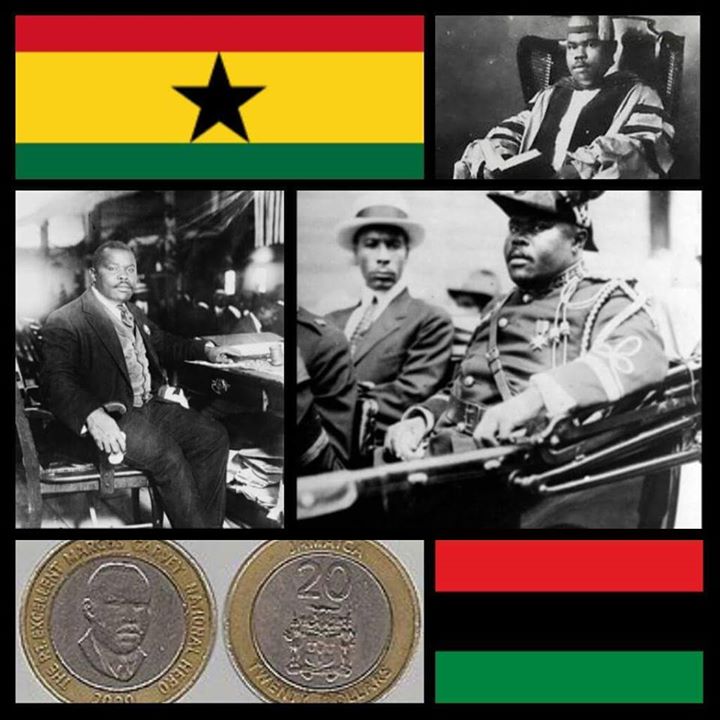



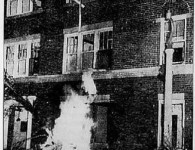
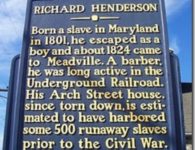
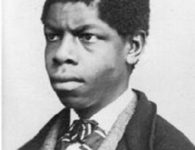
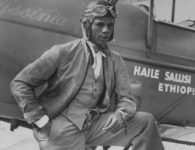




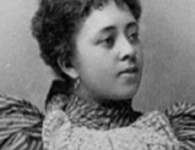
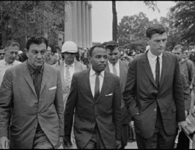

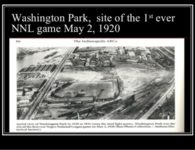
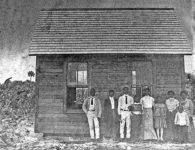
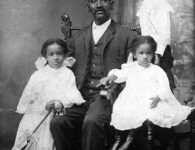


3 Comments
This is really interesting, You’re a very skilled blogger.
I have joined your feed and look forward to seeking more
of your wonderful post. Also, I have shared your
website in my social networks!
Does your website have a contact page? I’m having a tough time locating it but, I’d like to
send you an email. I’ve got some recommendations for your blog
you might be interested in hearing. Either way, great
website and I look forward to seeing it develop over time.
Hello to every , because I am truly keen of reading this
weblog’s post to be updated daily. It carries fastidious stuff.